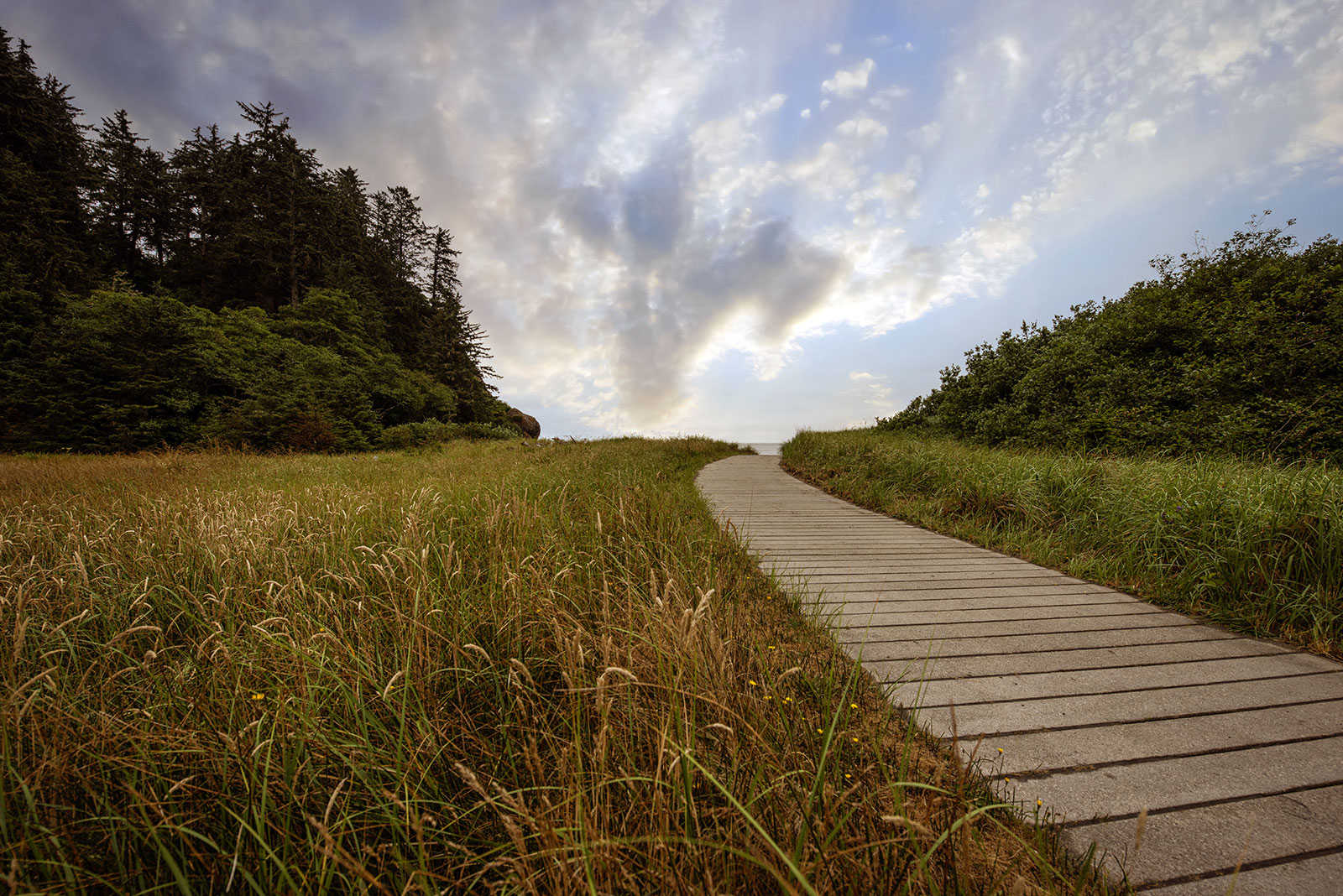
A Confluence of Peregrinations and Prayers
At Cape Disappointment near the mouth of the Columbia River, Maya Lin’s walkway and boardwalk present juxtaposing journeys of discovery.
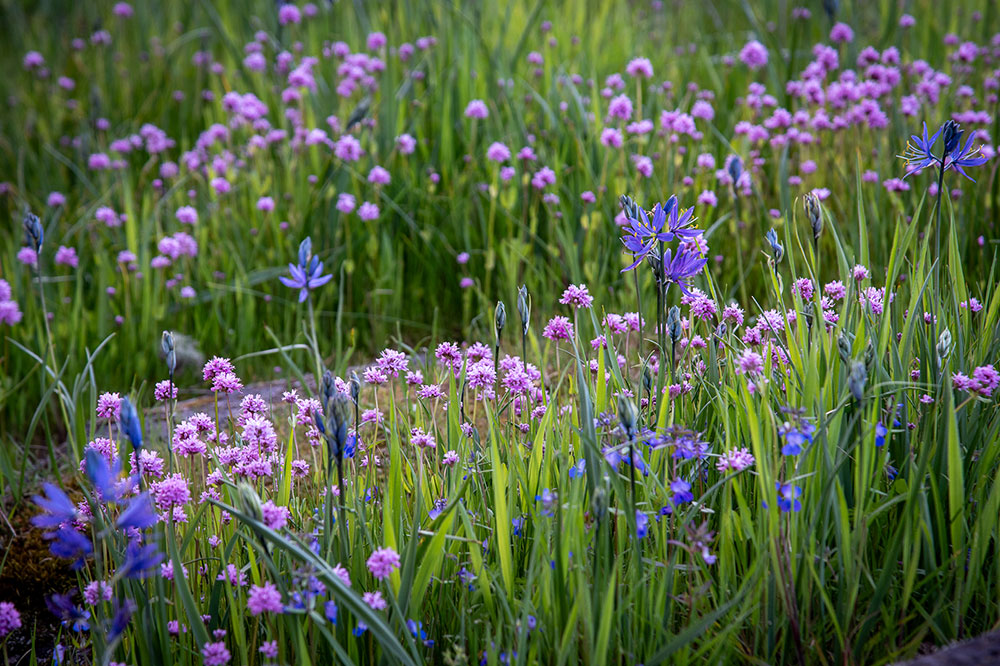

Managed by the Nature Conservancy, this preserve features an explosion of camas, fawn lilies, and sea blush each spring.
BY LAURA J. COLE | April 19, 2024
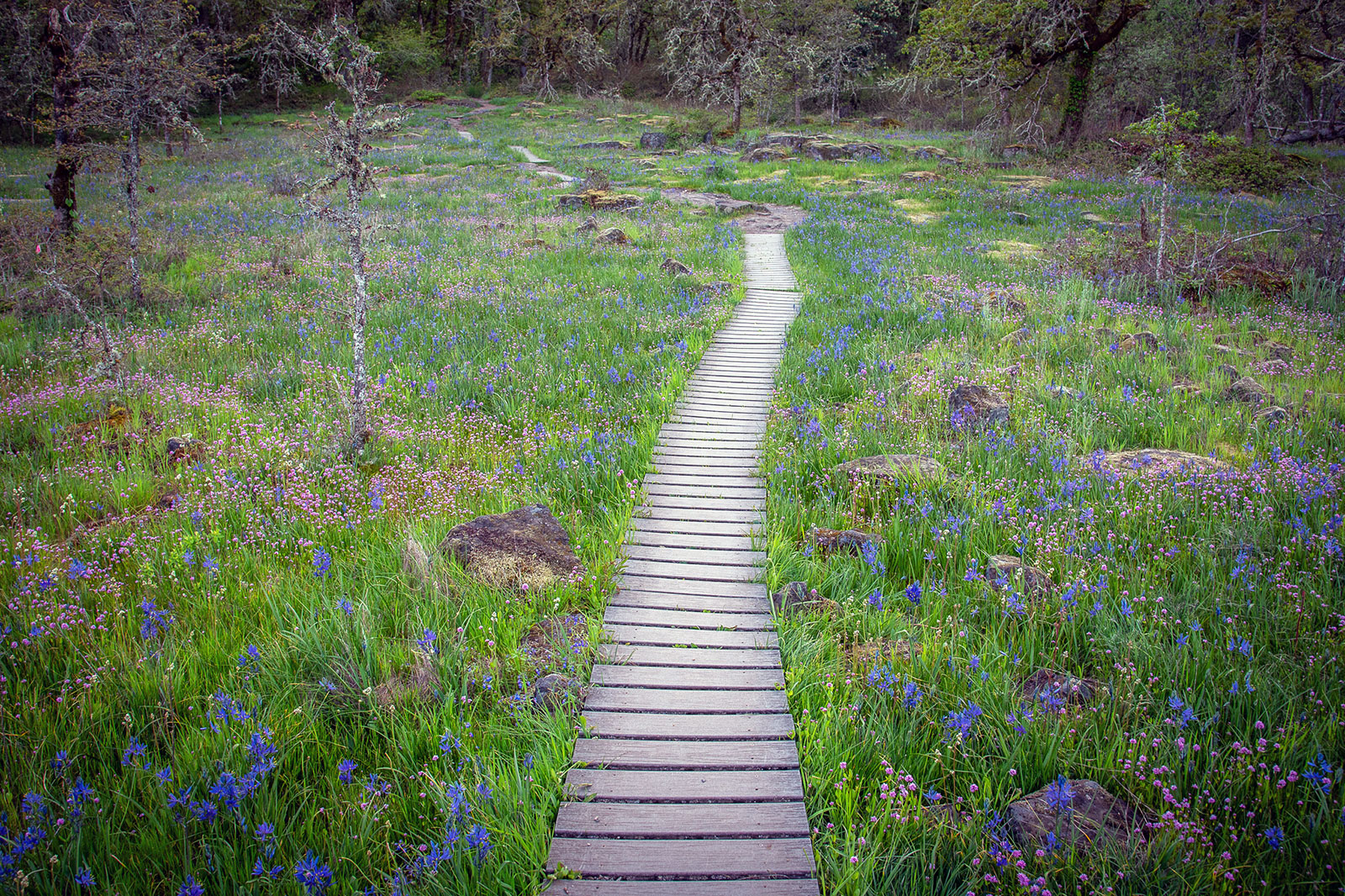
Things to know about hiking Camassia Natural Area.
Camassia Natural Area
Location: West Linn, Oregon (about .5 hours from Portland)
Length: 0.6 miles
Elevation gain: 36 feet
Trail type: Loop
Dog friendly: No
Best time for wildflowers: April through May
Land Acknowledgement: This trail is on land that was used by the Atfalati, Kalapuya, and Ahantchuyuk peoples
Camassia Natural Area
Location: West Linn, Oregon (about .5 hours from Portland)
Length: 0.6 miles
Elevation gain: 36 feet
Trail type: Loop
Dog friendly: No
Best time for wildflowers: April through May
Land Acknowledgement: This trail is on land that was used by the Atfalati, Kalapuya, and Ahantchuyuk peoples
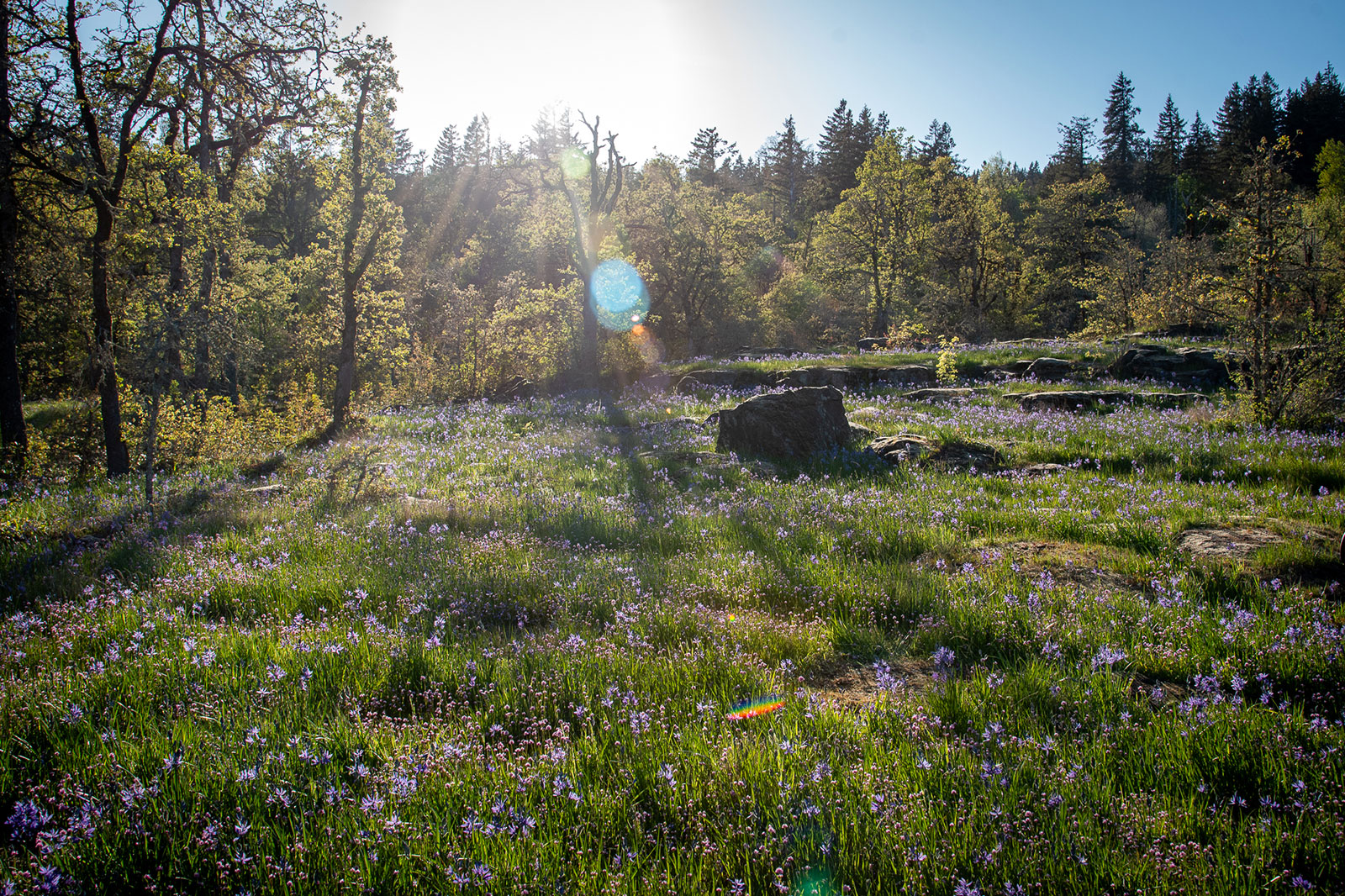
Things to know about hiking Camassia Natural Area.
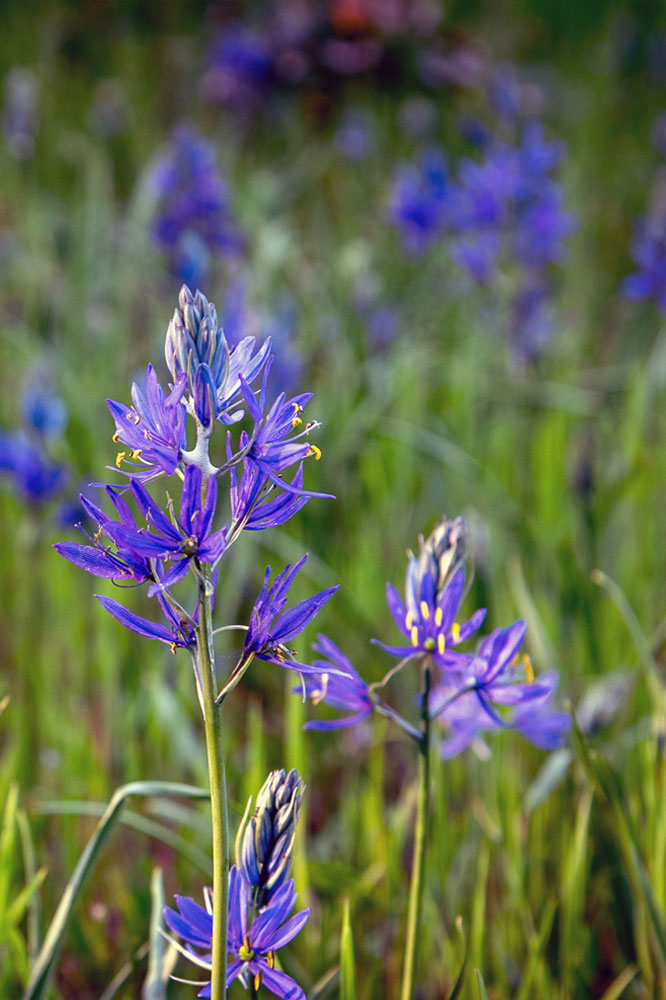
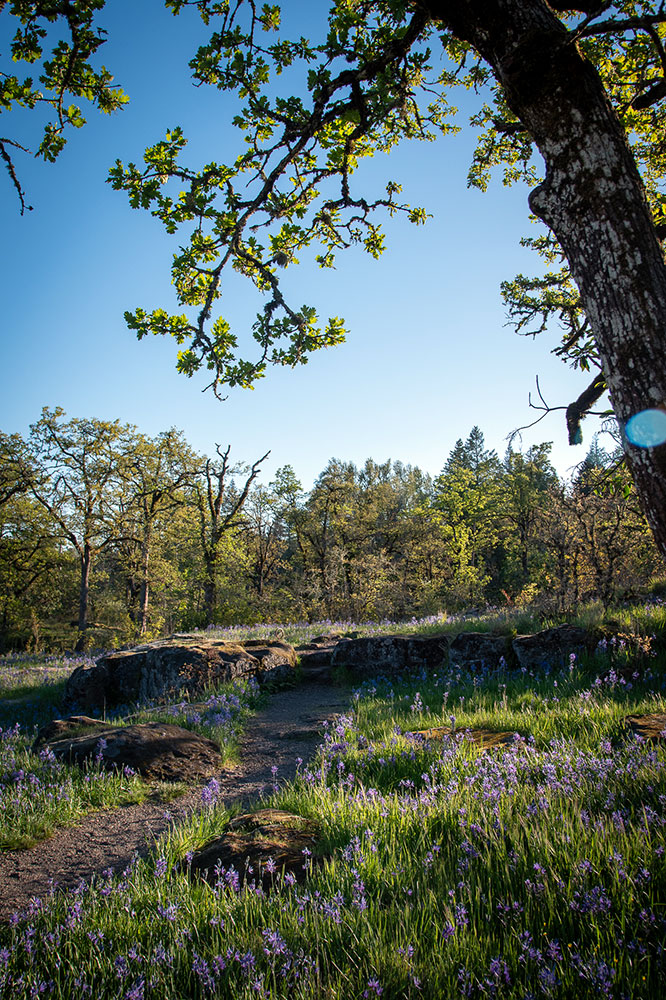


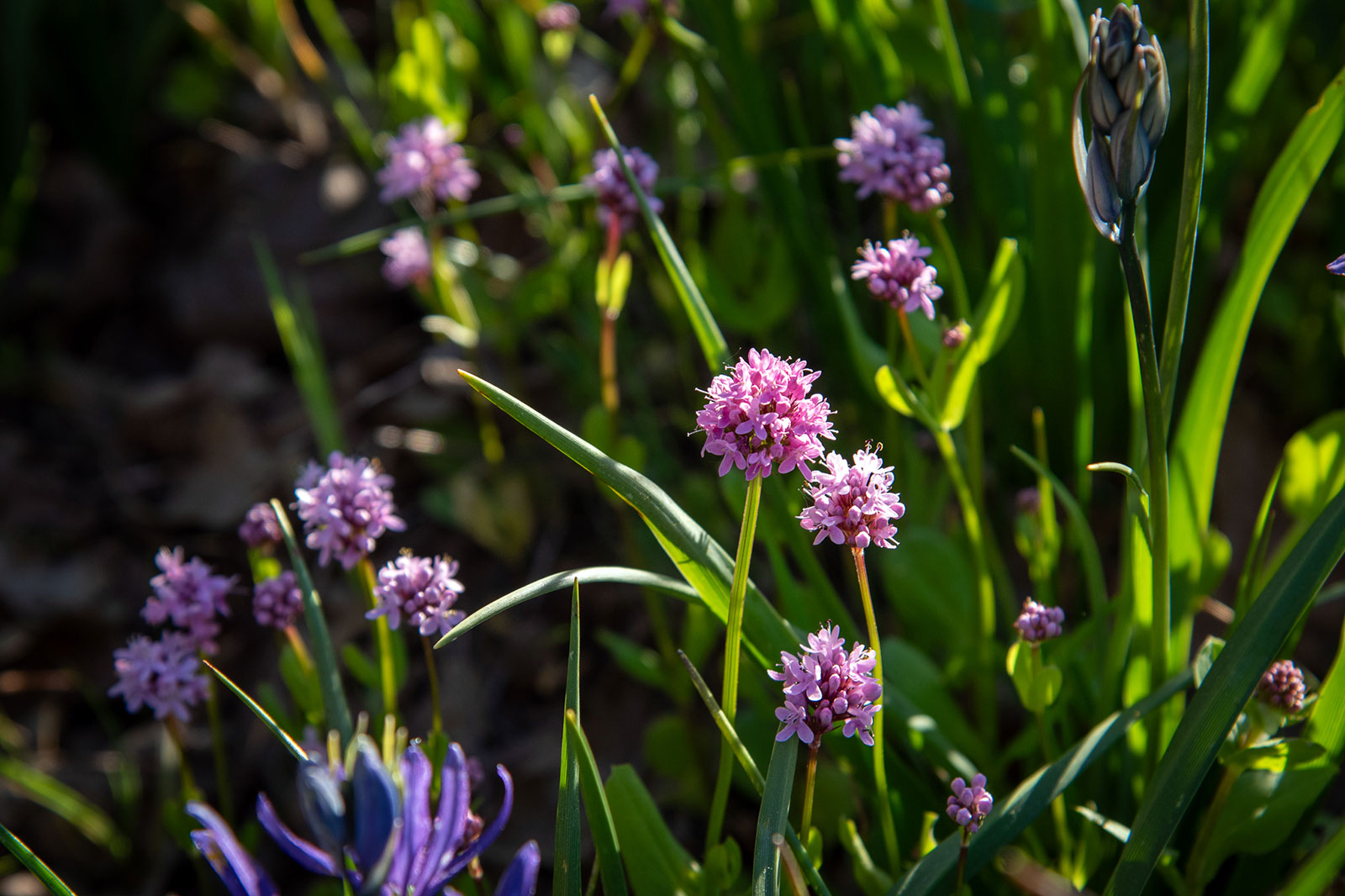



At Cape Disappointment near the mouth of the Columbia River, Maya Lin’s walkway and boardwalk present juxtaposing journeys of discovery.
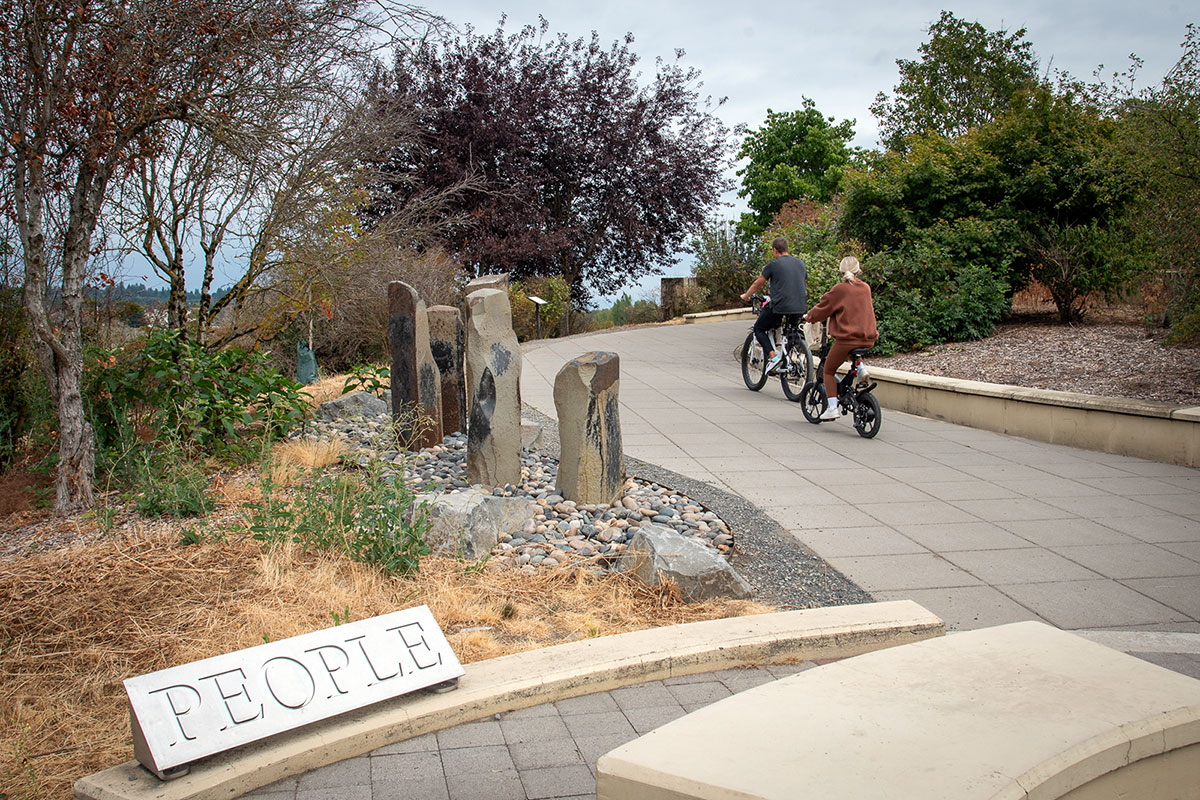
Located near the confluence of the Willamette and Columbia rivers, the Vancouver Land Bridge merges rivers, land, people, and trade.

